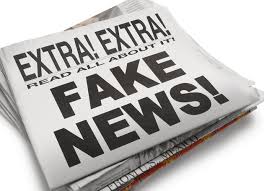Abstract
Since the 2016 election, calls of "fake news" have been abundant. At times, this literally does refer to fabricated stories. However, "fake news" might also refer to stories in which some relevant information is omitted or highlighted in order to give the story a particular angle. Given the way that many students consume news (i.e., through social media)...Download this resource to see full details. Download this resource to see full details.
Details
- Subject Area(s):
- Communication and Information Technologies
- Resource Type(s):
- Class Activity
- Class Level(s):
- Any Level
- Class Size(s):
- Medium
Usage Notes
This activity should take around 45 minutes. It may be adapted to cover any social issue or problem in order to keep it contemporary and match class topical needs.Download this resource to see full details. Download this resource to see full details.
Learning Goals and Assessments
Learning Goal(s):
- Analyze the similarities and differences in how a particular topic is presented across a variety of news sources
- Categorize news sources as more or less biased and compare that categorization to national estimates
- Generalize knowledge about a particular topic based on data collected across news sources
Goal Assessment(s):
- In-class student group worksheet and discussion
- "Group representatives line up" in-class exercise
- In-class student group worksheet and discussion
When using resources from TRAILS, please include a clear and legible citation.


